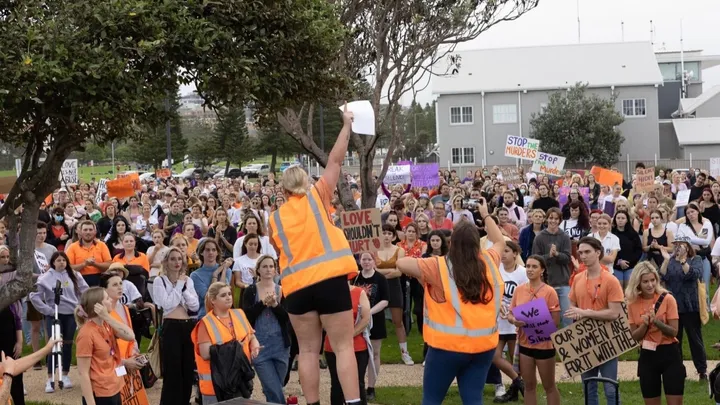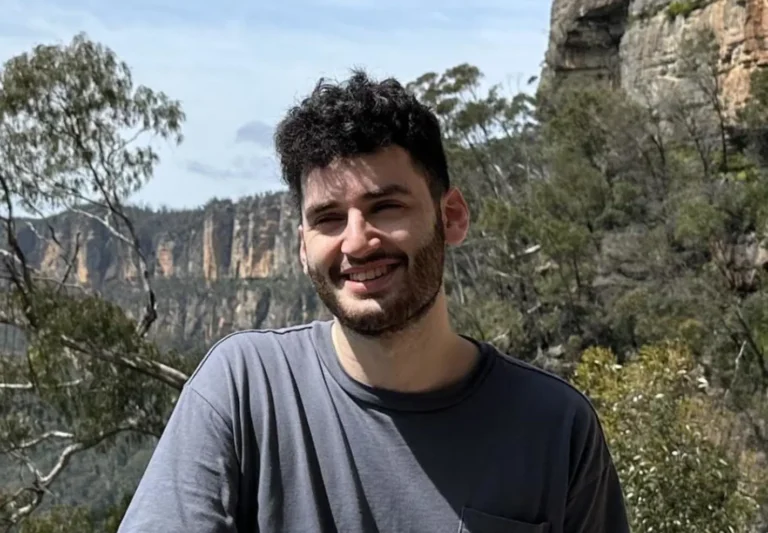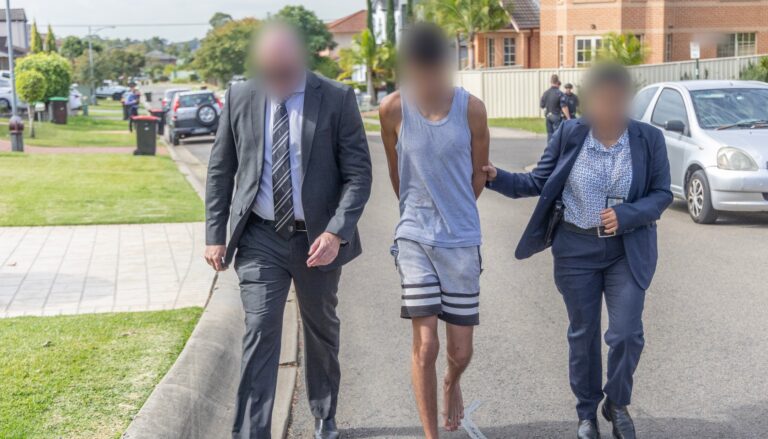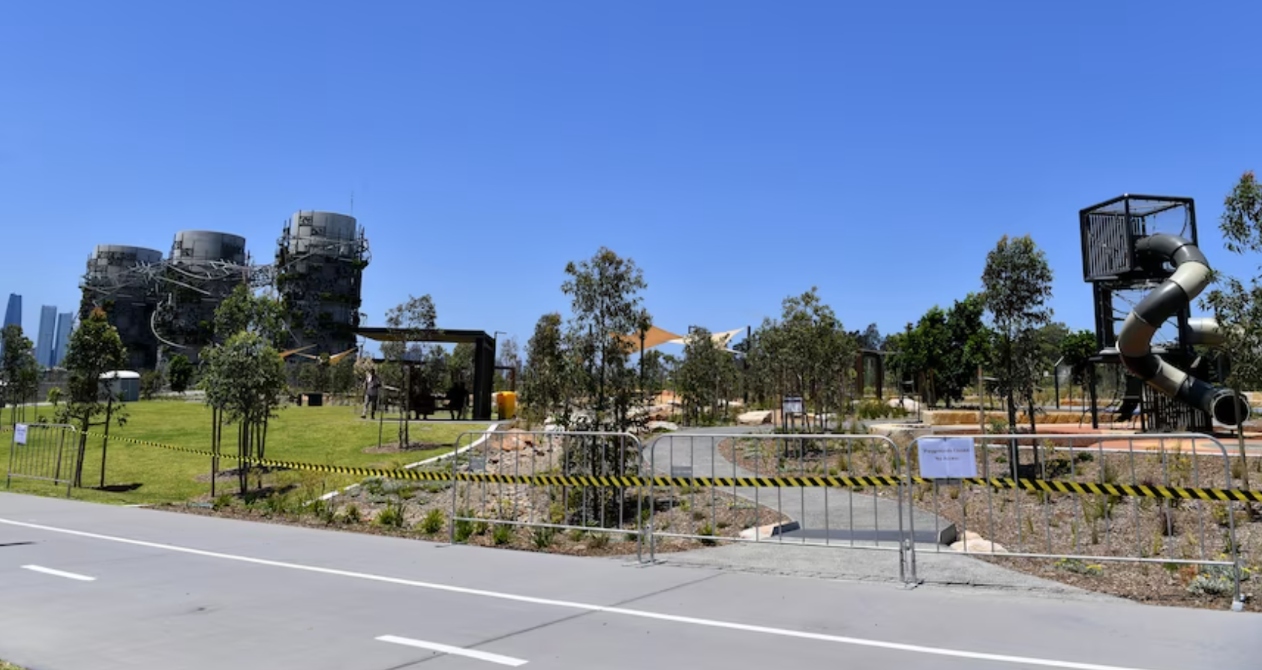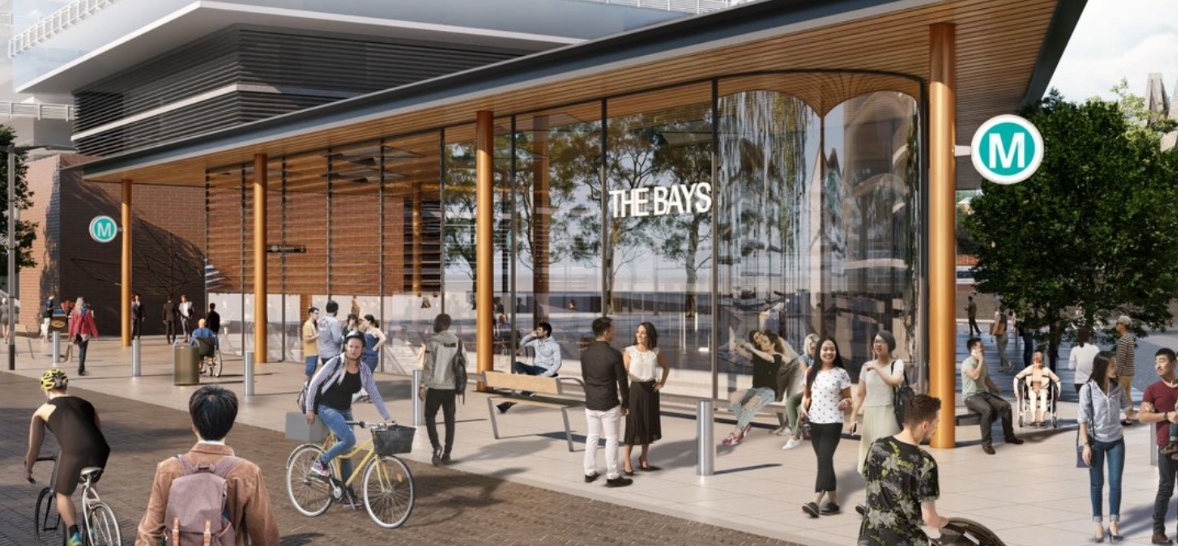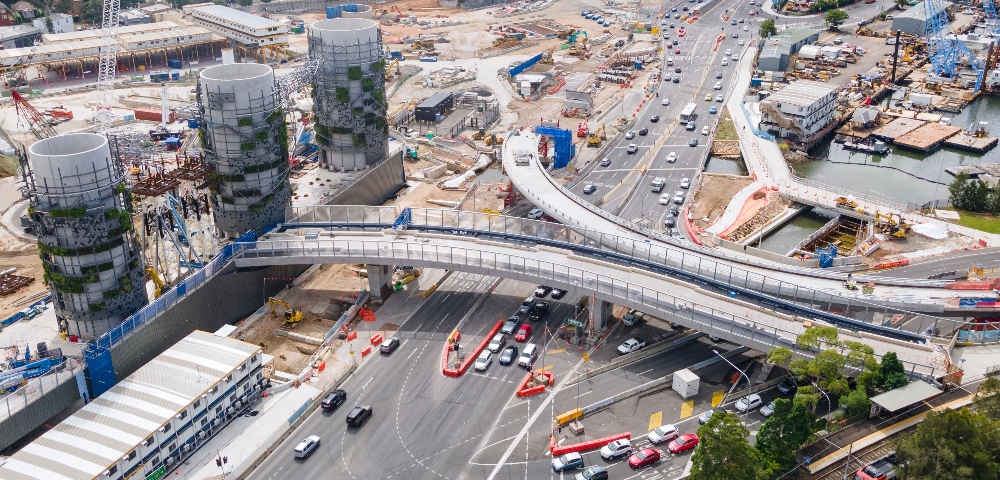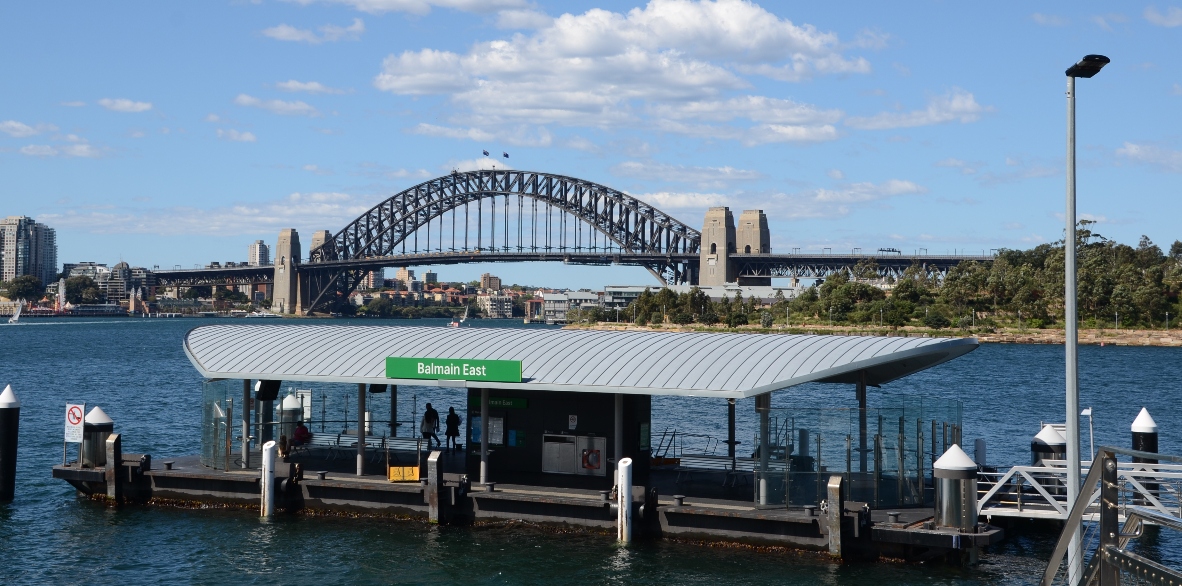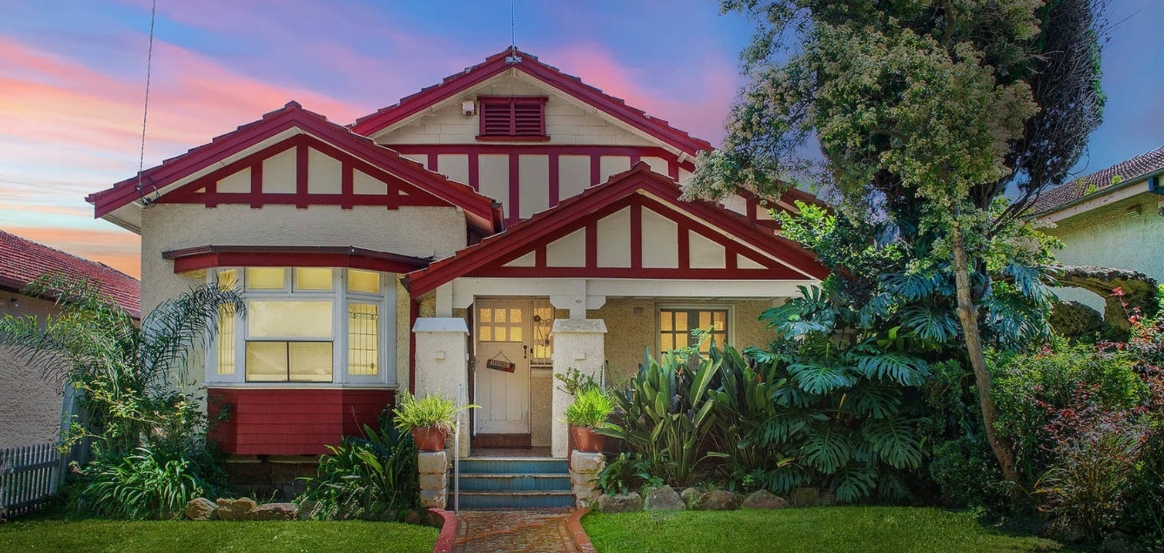
Figures reveal Inner West “tree massacre”

By ALLISON HORE
Data released by the Inner West Council reveals there has been an 80% increase in applications for tree removals across the council area and a 100% increase in removals.
The sharp increase in the number of applications for tree removals comes after the Inner West council made changes to tree removal policies. The new policy allows for property owners to remove trees which fall within two meters of a structure with automatic approval from council. Property owners are not mandated to replace the trees which were destroyed.
From February to the end of June this year the council received 429 applications for tree removals. So far, 275 trees have been approved for removal and the council is still processing 82 removal applications.
This is an increase of almost 80% from 2019, when the council received 240 applications in the same time frame. In 2018 the council received just 206 applications. Greens councillor Colin Hesse told Radio Skid Row that the sharp increase in tree removals was not surprising.
“There was certainly some pent up demand, but the new policy went quite a long way to loosening controls, and the intent of the policy is to have a bias towards tree removal,” he said.
Over 2,400 people signed a petition to oppose the policy, but it came into effect with the support of Liberal and Labor councillors. Balmain Greens MP Jamie Parker, who opposed the changes when they were put forward, says that the community’s fears have come true.
“The tree massacre we predicted is well and truly underway,” he told the Sydney Morning Herald.
“In a highly dense area like the inner west, allowing the removal of any tree within two metres of a structure pretty much allows the destruction of the vast majority of trees in our community.”
Independent councillor Pauline Lockie agrees that the figures are concerning.
“With most of our land sitting under private ownership, our already low canopy cover is in deep trouble if the trend continues,” she said in a post to Facebook.
However some members of the community support the change in policy, saying that inappropriately trees planted along a neighbouring fence can create significant damage to a property which need expensive repairs.
Mr. Parker said whilst he understands “there are trees that need to be removed in many circumstances”, the new policy goes “way too far”. Ms. Lockie agrees, saying that the council’s new policy takes the stance that large trees are inherently dangerous instead of assessing matters on a case-by-case basis and exploring other options such as pruning.
The Inner West council is working towards a canopy target of 40% for general residential and low residential areas in line with the Greater Sydney Commission’s Greener Spaces guide. To help meet this goal, the council has approved an increase in the number of street trees to be planted in the local government area over the next 12 months. But Mr. Hesse says that planting young trees is not enough.
“Tree canopy is about the area covered by the tree canopy, it’s not only about the number of trees,” he said.
“So when the council says we have this tree canopy policy and we’re going to plant 100,000 trees, that doesn’t actually mean the tree canopy is increasing if at the same time mature trees […] are being removed.”
Most trees take between 10 to 30 years to reach a mature size.
